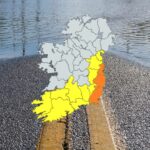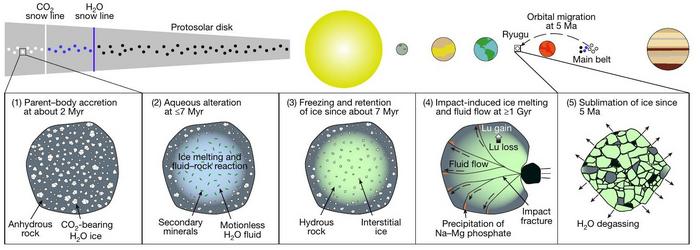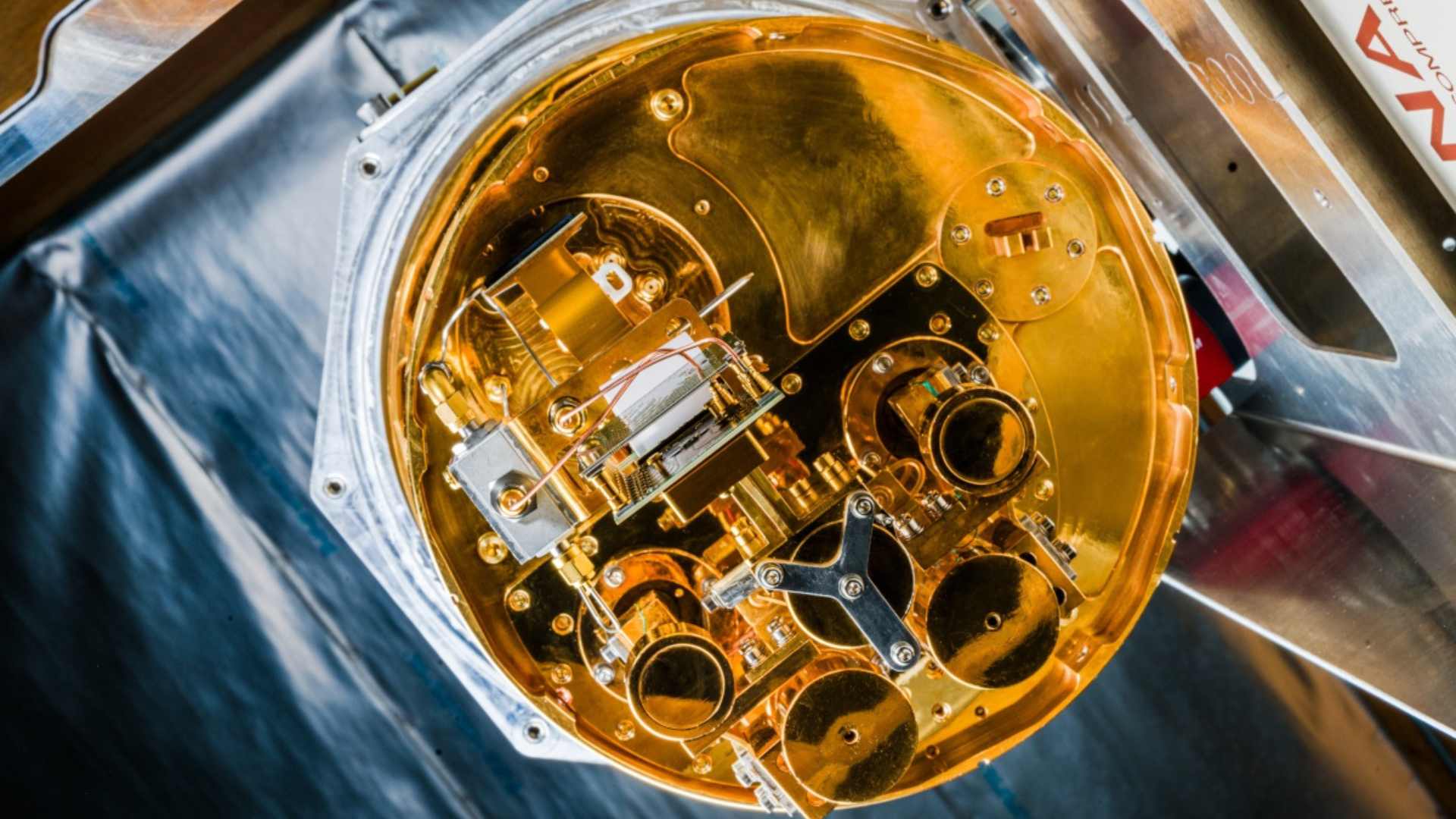
Ryugu Asteroid Held Water for a Billion Years

Researchers including scientists at the University of Tokyo have discovered that liquid water flowed on the parent body of near-Earth asteroid Ryugu more than a billion years after it formed.
The finding, based on tiny rock samples returned by Japan’s Hayabusa2 spacecraft, challenges the long-held view that water activity on asteroids only occurred in the earliest moments of the solar system.
The team studied isotopes of lutetium and hafnium in the fragments and found ratios that suggested fluids moved through the rocks long after the asteroid formed. The most likely cause was an impact on Ryugu’s larger parent body, which fractured the rock and melted buried ice, allowing water to percolate through it.
The discovery raises the possibility that carbon-rich asteroids like Ryugu may have delivered far more water to early Earth than previously thought. Researchers estimate that such asteroids could have supplied two to three times more water than standard models suggest, reshaping our understanding of how Earth’s oceans and atmosphere formed.

Associate Professor Tsuyoshi Iizuka from the University of Tokyo said Ryugu preserved a pristine record of water activity that lasted far longer than expected. “The building blocks of Earth were far wetter than we imagined,” he said.
Despite the small sample size, only a few grams, the team developed highly precise techniques to detect the subtle signs of late fluid activity. Further studies will focus on phosphate veins in the samples and compare them with material from NASA’s asteroid Bennu to determine if similar processes occurred elsewhere.
The findings provide new insight into how water was stored and transported in the early solar system and help researchers understand the conditions that made Earth habitable.
Share this WeathÉire story:







